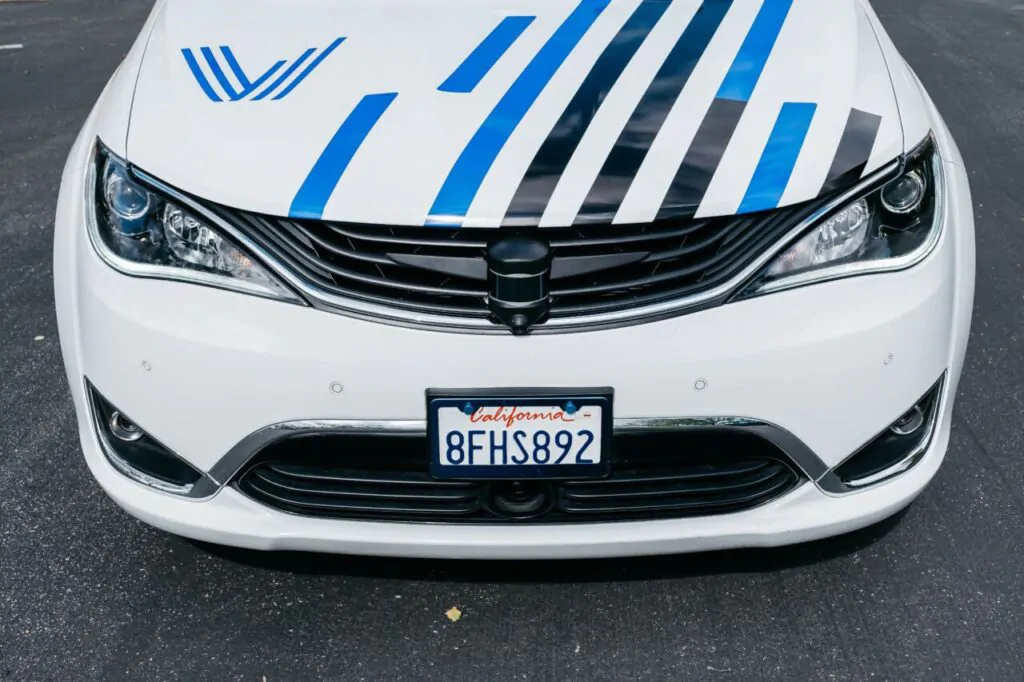The ideal self-driving car drives itself, in every situation. But achieving this goal in practice is difficult, regardless of what Elon Musk says in his recent externations.
It's so difficult, in fact, that most companies working on self-driving have provisions for human backup to drive the car remotely and get it out of difficult or confusing situations. Just like Voyage.
Companies are usually reserved about exactly how these systems work. They fear that giving details will put their autonomous driving technology in a bad light.
This is why it was nice to see the startup Voyage unveil its remote driving console as if it were announcing an important new product. In a sense, it is.
And yes, because Voyage has not only created software that allows a remote operator to give instructions to a car autonomous driving, but has built a “Teleassistance Pod” where a remote driver sits to control the vehicle from afar.
Meet the Telessist pod
“It's basically a car without wheels,” says Voyage's CEO Oliver Cameron. “But he has a real steering wheel, real pedals, real automotive-grade connectors and real responsiveness.”
Voyage engineers built a real car, albeit without wheels, because they wanted to mirror the experience of driving a real car as much as possible.
“If you try to do it with a different weight steering wheel, you don't get the force feedback that you get with a real car,” Cameron continues. “It's impossible to drive reliably like that. It's dangerous."
Voyage's remote drivers sit in a metal cage about the size of a golf cart. There's a steering wheel, accelerator pedal and brake pedal exactly where you'd find them in a real car. A series of monitors shows the car's surroundings.

How does remote driving work?
An encrypted wireless data connection keeps the Telessist pod components in sync with their counterparts in the real car. Voyage says network latency is less than 100 milliseconds, short enough to prevent the driver from experiencing significant delay.
Three levels of redundancy
The obvious question that arises about a system like this is: “What happens to driving the car remotely when something goes wrong?” Voyage says it took more precautions.
First of all, the company combines five separate 5G wireless connections, each with its own SIM card on another wireless operator, to achieve maximum redundancy and therefore reliability. If one of the five networks fails, the software automatically switches to the other four.
Second “guarantee”: A system called Remote Drive Assist is ready to take control if the car loses its wireless connection. “If Remote Drive Assist detects the possibility of a dangerous situation occurring during remote vehicle operation, the vehicle stops immediately,” Voyage writes.
The third level of redundancy is provided by Shield, Voyage's high-tech emergency braking system. It's a small autonomous system mounted on the front of Voyage's cars. A lidar unit continuously scans the road for potential obstacles. If it detects an imminent collision, it has the power to activate the brakes and stop the vehicle. This means that even if the human driver, or Voyage's main self-driving system, makes a mistake, the car is unlikely to run into anything.
No car on the market today has a lidar unit as powerful as the one Voyage is using.

Voyage, take your life slowly
One of the main advantages of Voyage is that its cars have a maximum speed of 40 km per hour. Voyage's initial commercial offering will be a taxi service at the Villages, a huge retirement community in Florida where 40 miles per hour is just the maximum speed allowed.
It's a profitable niche and far from small. The starting point, as mentioned, is The Villages, a community of over 100.000 elderly people, many of whom are wealthy. The community has thousands of homes, shops, restaurants and other amenities spread across a significant area. Many residents have cars, but some have become too old to drive themselves. This single customer can earn Voyage $100 million a year.

How does Voyage's competition move?
Companies with more challenging early markets (Google's Waymo and General Motors' Cruise) struggle to achieve fully driverless operation. Voyage's bet is that starting with a relatively simple technical challenge will allow the company to gain traction. Driving your car remotely will earn you revenue and gain knowledge that will help Voyage overcome the most challenging environments.


